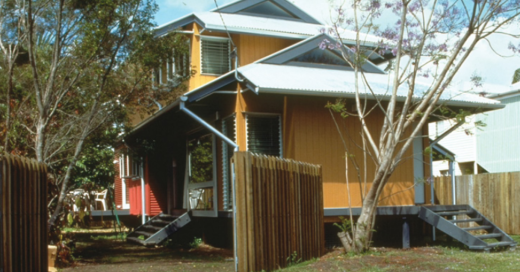Exterior Timber Finishes


Timber's durability in service is not determined by species or treatment alone. Good detailing is necessary to ensure timber durability, allowing timber to shed water, dry out, and avoid becoming a moisture reservoir.

Cross-laminated timber (CLT) buildings present unique opportunities and challenges for integrating mechanical, electrical, and plumbing services.